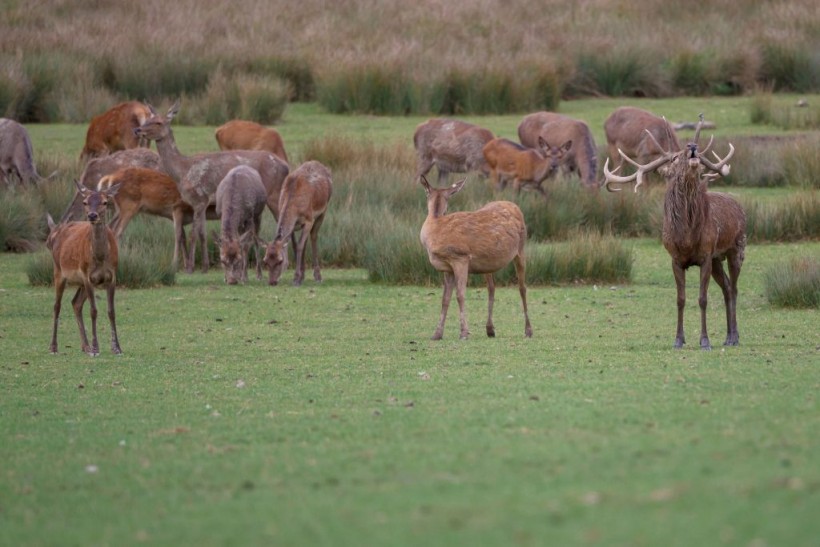A recent study showed that mating could help in predicting how animals and plants respond to temperature changes.

The study underscored that the response of aquatic and terrestrial organisms to climate change may depend on biological sex.
Experts said that the key challenge is to unravel the interactive effects of sex and climate change at the individual and population levels as well as the cascading effects on communities.
They said that the study could help in improving climate adaptation and mitigation strategies.
Mating's Response To Climate Change
Based on the study, sex-specific responses to climate change have been documented across a broad range of ecosystems and taxa, ranging from plants to invertebrates, fish, birds and mammals.
The study found out that in the organismal level, individuals can display sex-specific responses to climate stressors that affect body size, growth rates, survival, age or size at first reproduction, and other life-history traits.
These things are seen to influence reproductive output as well as population dynamics and persistence.
Based on research, males and females displayed different maturation schedule and growth in response to the climate shift, with a decrease in body size at spawning for both males and females but an increase in age at spawning for females and a decrease for males.
Scientists explained why monitoring pre-existing sex ratios and exploring factors governing sex ratio mechanisms in natural populations in combination with climate-induced sex-specific effects has been essential.
"It is important to understand the downstream effects of sex in relation to climate stressors on population growth compared to what would be expected if the effect were averaged across the two sexes," they said.
Furthermore, the population sex ratio can also change as an effect of the different thermal performance between males and females.
The study indicated that when exposed to increasing temperatures, males showed significantly lower survival than females.
Scientists explained that females and males tend to respond differently to climate-induced environmental changes in species where females and males have different energetic requirements, foraging behaviors or habitat preferences.
Consequently, they noted that sex-specific sub-population responses to climate change can impact meta-population dynamics by disrupting interactions between sexes.
Moreover, sex-specific ecological differences can also lead to divergent responses between sexes to climate-induced changes combined with other environmental drivers that negatively affect males and females at different paces.
Read Also: Mating Brown and Polar Bear Gives Way to Climate Change-Resilient 'Brolar' Bear
Underestimating Influence Of Changing Environment
The study further pointed out that ignoring sex-based differences could often lead to underestimates of the relative influence of a changing environment as regards to aquatic and terrestrial populations.
More critically, pooling sex-specific data may result in not detecting any effect of environmental drivers or in overestimating effects at a population level.
Meanwhile, as it has been shown that mating influences the response of living organisms to climate change in numerous ways, decision-makers, researchers and funding agencies could act to use this knowledge and produce new insights to advance the fields of global change biology to reverse biodiversity loss.
Decision-makers, such as governments or conservation managers, can improve adaptation and mitigation measures and policies by leveraging about sex-specific responses to climate change
Related Article: 7 Hybrid Animals Born of Climate Change and Their Adaptive Traits
© 2024 NatureWorldNews.com All rights reserved. Do not reproduce without permission.




![Roundworms with Short Memories 'Stop Forgetting' When Frozen or Given Lithium [Study]](https://1471793142.rsc.cdn77.org/data/thumbs/full/70295/280/157/50/40/roundworms-with-short-memories-stop-forgetting-when-frozen-or-given-lithium-study.jpg)
